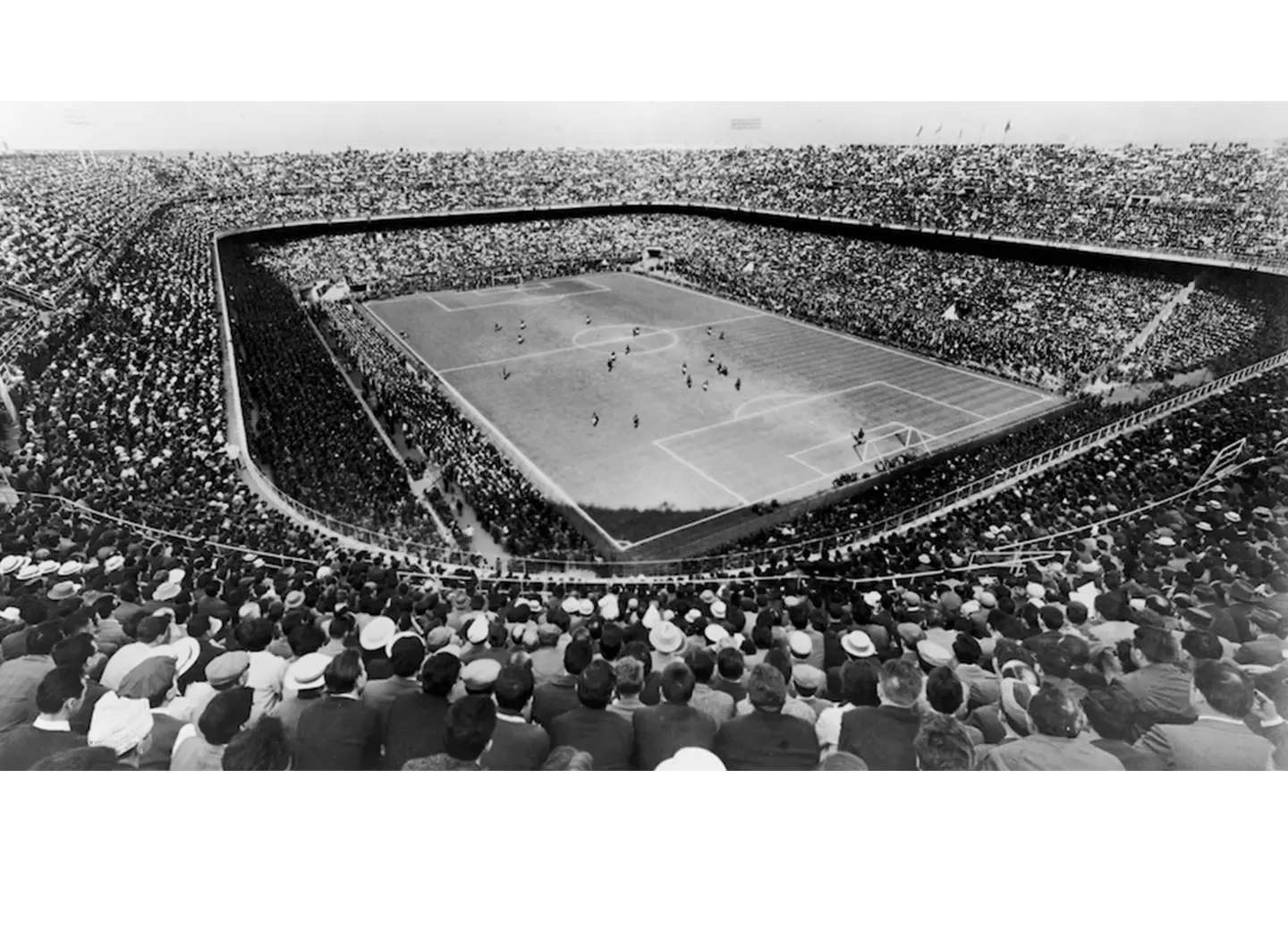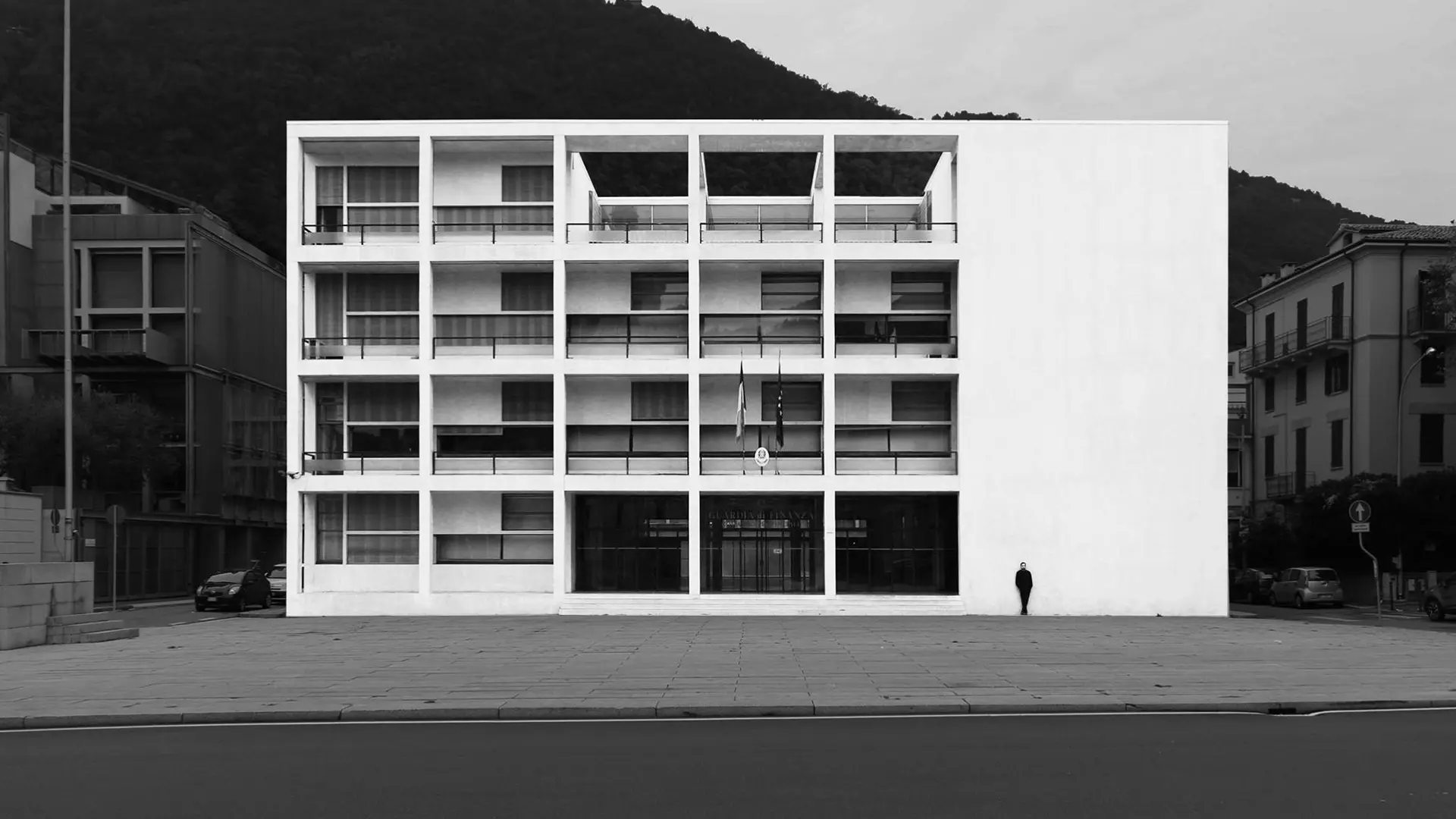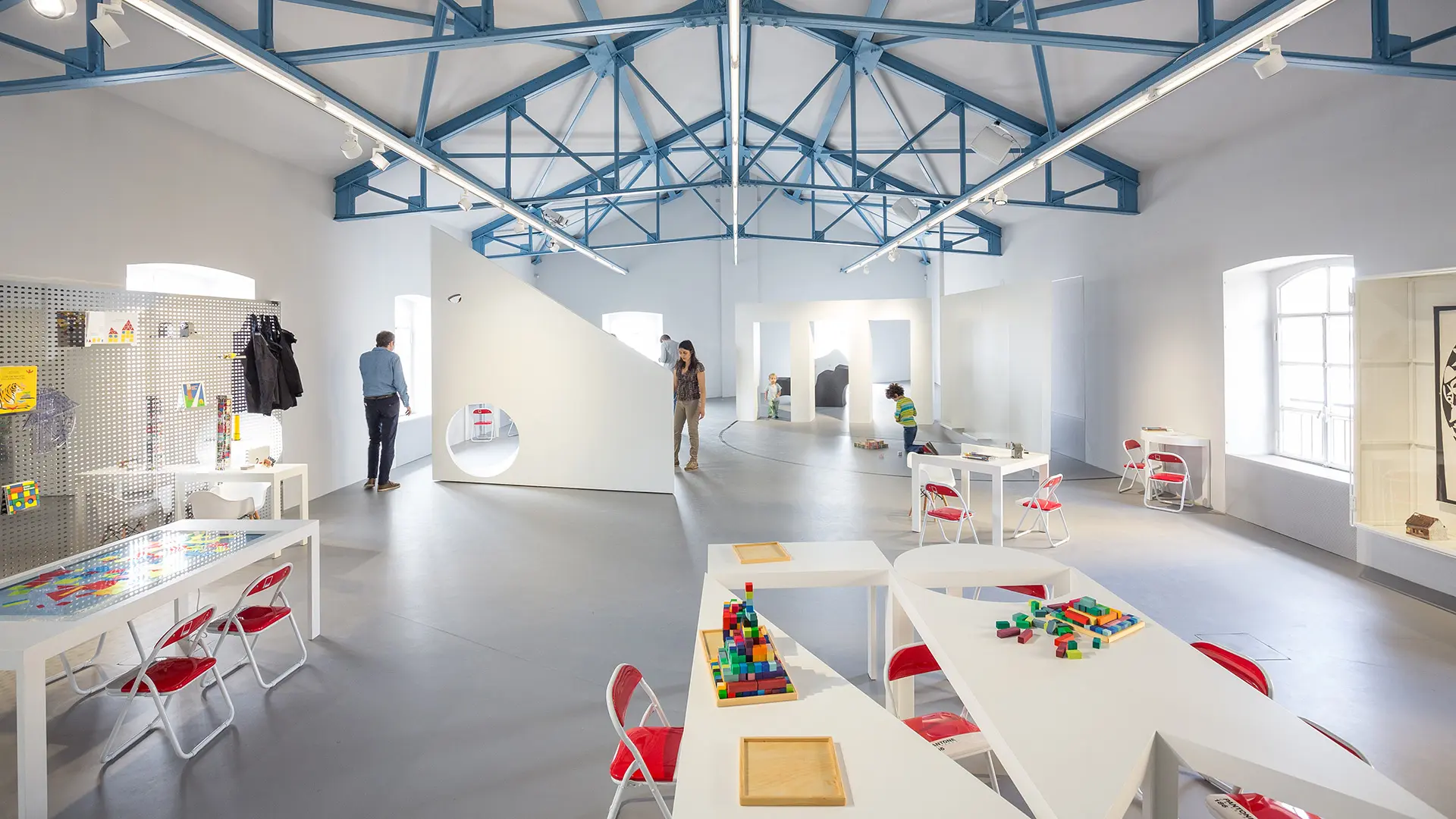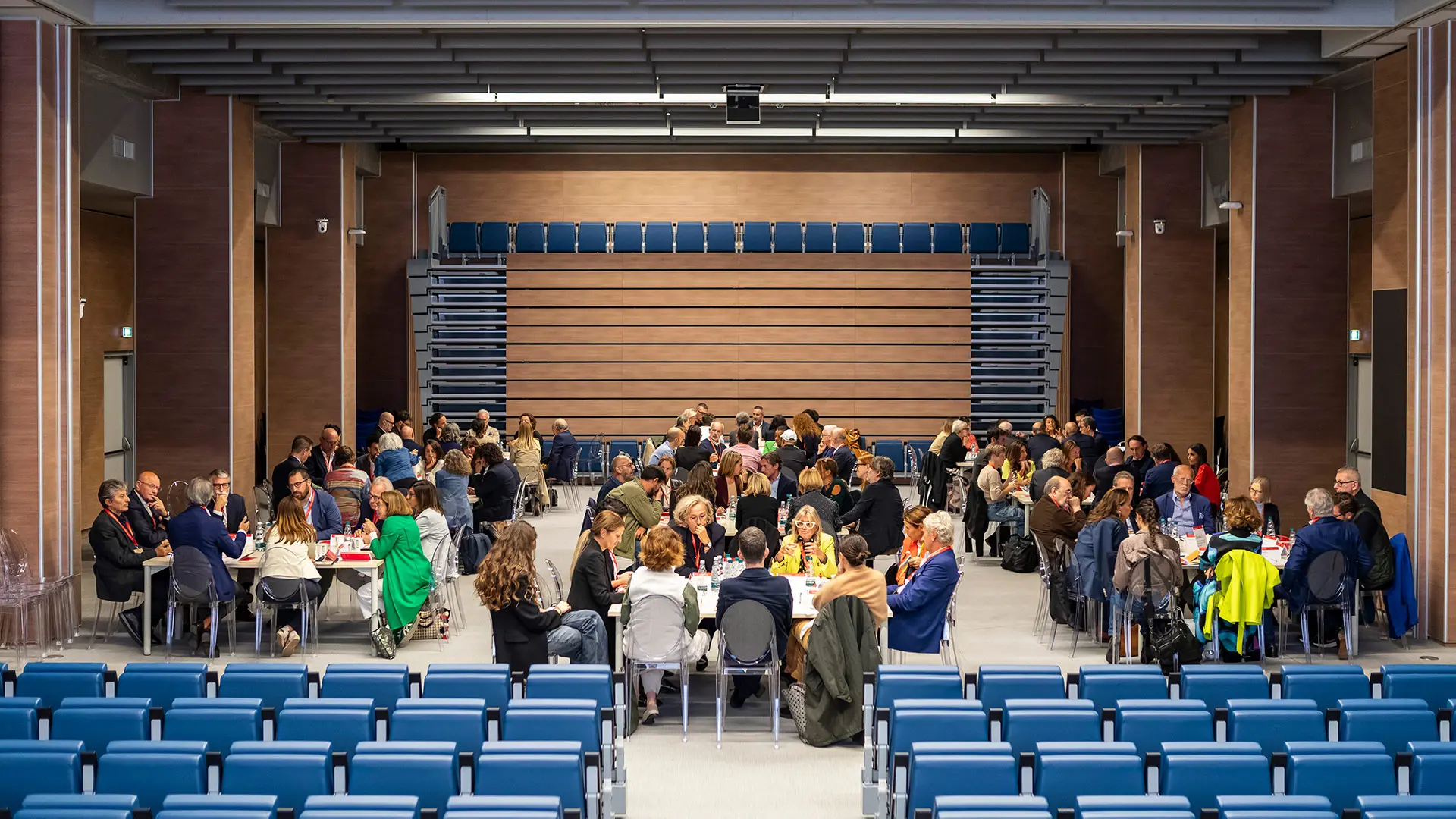Pure volumes, minimal or non-existent decoration, primacy of functionality, harnessing new materials: from the Casa del Fascio in Como to the railway station in Florence, the story of an experimental period that, after almost a century and several attempts at damnatio memoriae, remains a tangible presence in Italy.
Salone Reading: the review for October 2025
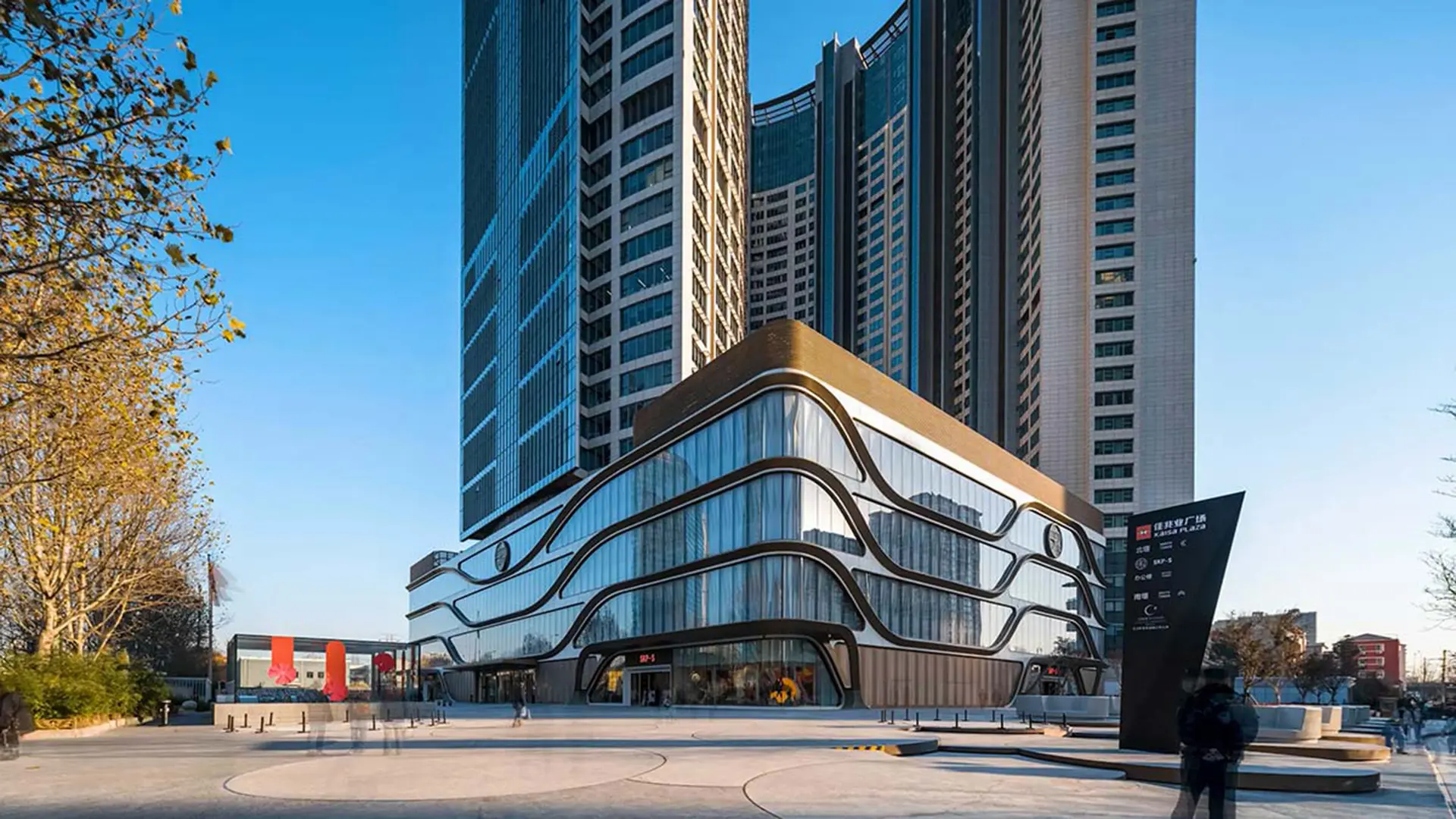
SKP-S Beijing, China – Photo © Boris Shiu, Noah Sheldon
A selection of articles dealing with design and architecture published in the most authoritative international magazines. A monthly review of unmissiable insights and interviews
Salone Reading is the new monthly column that tells the story of the design industry through the lens of the most important publications in the sector. A press review presenting the latest news, markets, topics and insights into the universe of design today. As well as much more.
Enjoy reading.
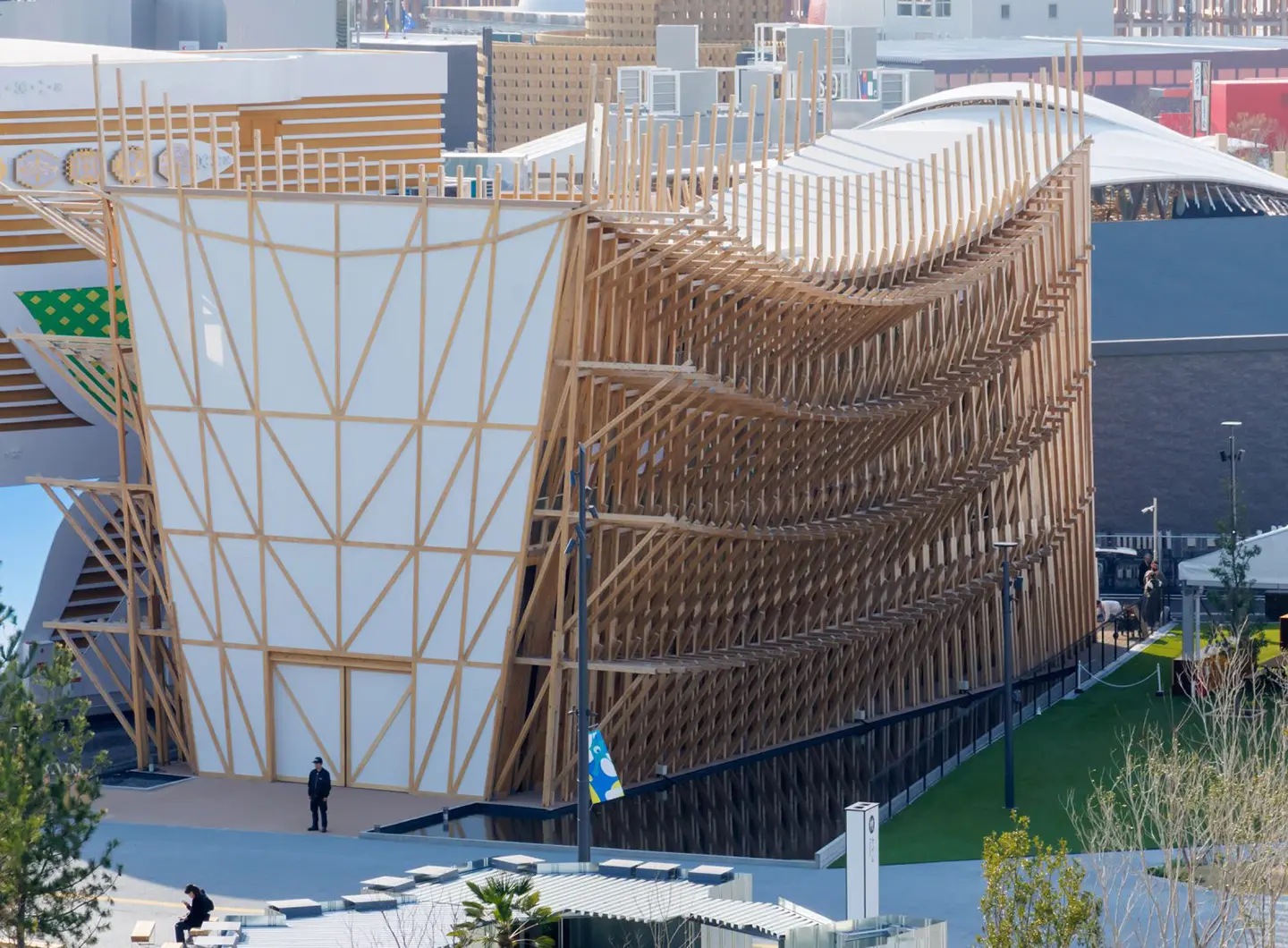
Bahrain Pavilion at Expo 2025 in Osaka
The Lebanese architect Lina Ghotmeh is included in the Time100 Next list
The Lebanese architect Lina Ghotmeh has been included in the TIME100 Next 2025 list, which celebrates emerging leaders in various fields. Ghotmeh was selected by architect Bjarke Ingels, who praised her ability to blend historical sensibility with contemporary innovation, combined with clarity of design and decision-making. The studio Lina Ghotmeh – Architecture, founded in Paris in 2016, has designed projects such as the Bahrain Pavilion at Expo 2025 in Osaka, the Serpentine Pavilion 2023 and the Hermès Ateliers in Normandy. She is currently working on the renovation of the British Museum’s Western Range galleries and Qatar’s permanent pavilion at the Venice Biennale. Ghotmeh is the only architect on Time’s list this year, which also includes actors, singers, sports and business personalities, among others.
Read on Dezeen
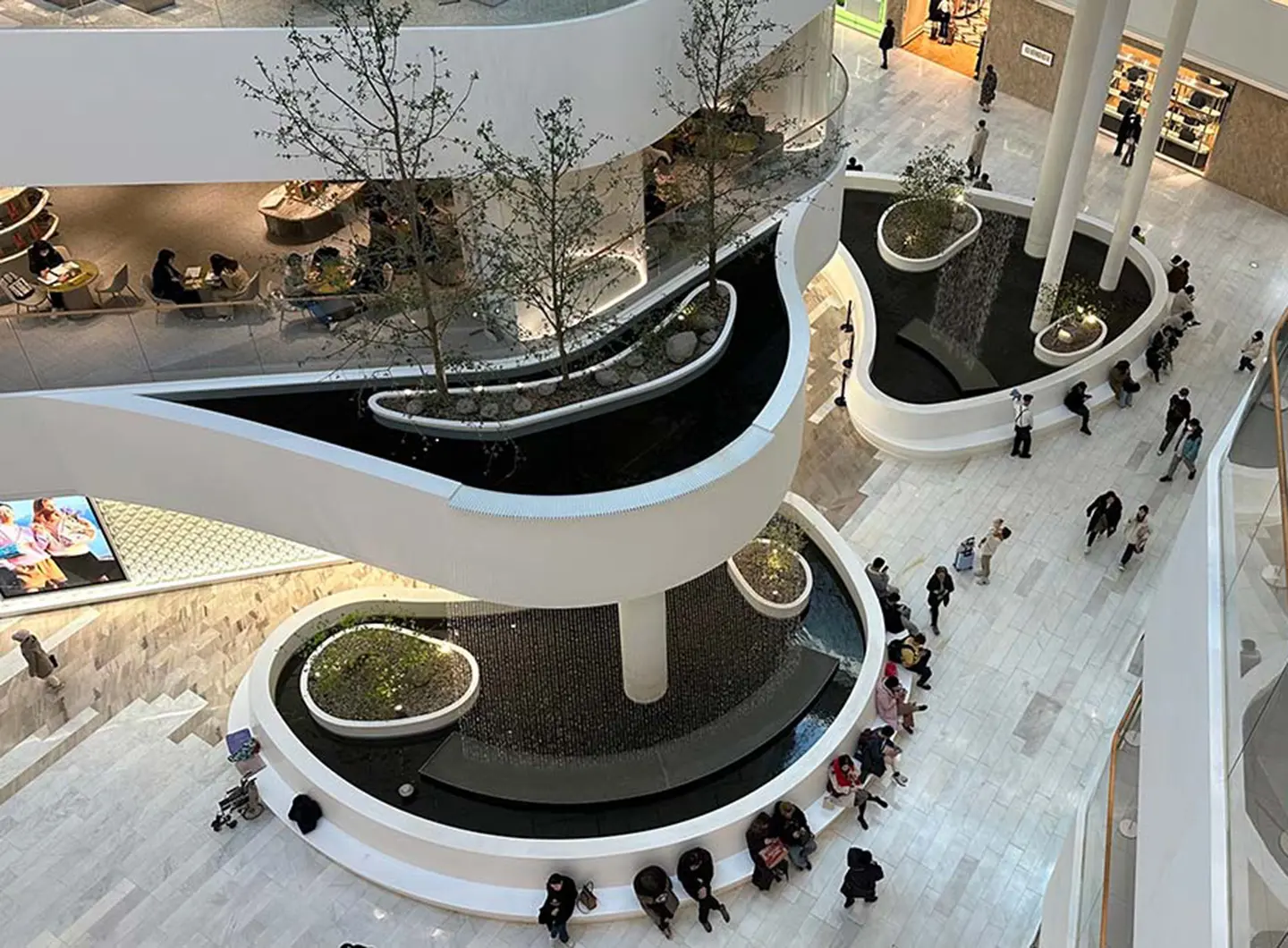
Hyundai Seoul department store, Seoul, Korea
Retail as destination
At the FIND Global Summit in Singapore, Ian Hendricks, creative director of Central Pattana, a Thai real estate company and owner of shopping malls, presented an innovative vision of retail: transforming it from a simple sales space into a cultural, narrative and community destination. In Asia, Hendricks explains, shopping malls are emerging as hybrid places combining commerce, culture, and community. With a focus on the consumer, they represent true immersive environments that combine architectural storytelling and experiential strategy
Read on Ifdm.design
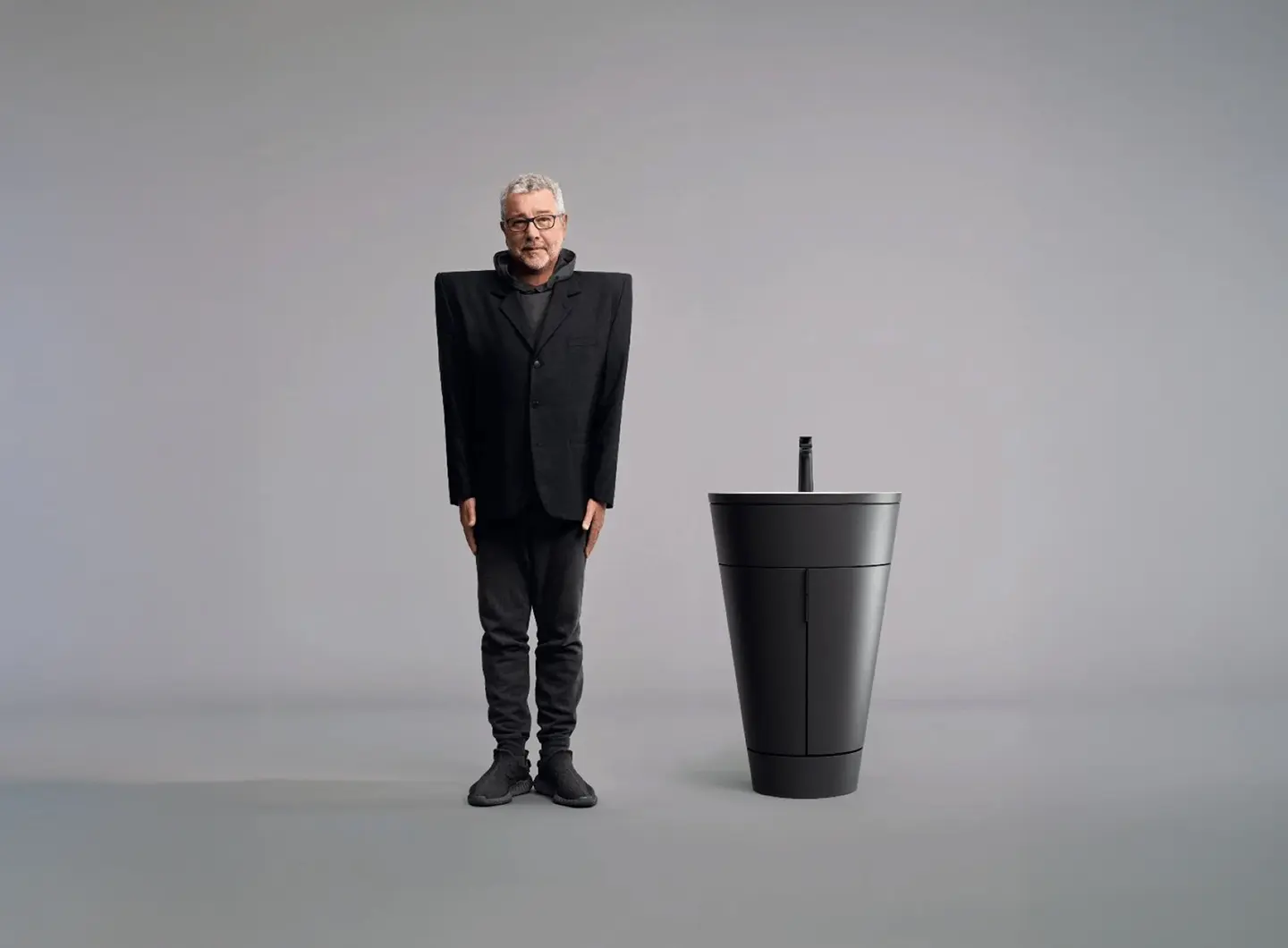
Starck Barrel, Duravit, design by Philipe Starck
Philippe Starck and his 10 most famous projects
Philippe Starck, born in Paris in 1949 to an aeronautical engineer father, is one of the most celebrated and prestigious designers of our time. His curiosity, creativity and flair for experimentation appeared at an early age. At the start of his career Starck designed inflatable furniture and transparent plastic furniture, objects that challenge the seriousness of traditional design. In the eighties he obtained international recognition, leading to his definitive consecration: François Mitterrand commissioned him to renovate the Elysée apartments. Starck’s production is immensely varied, from lamps to seating all the way to household appliances, boats, but also superyachts, interiors, everyday objects transformed into icons. Among his most famous projects: the Louis Ghost transparent chair for Kartell (2000), the Gun Lamp for Flos (2005), yachts such as Motor Yacht A and Sailing Yacht A, and more recently structures such as the Maison Heler for the Hilton Group (2025).
Read on Living Corriere
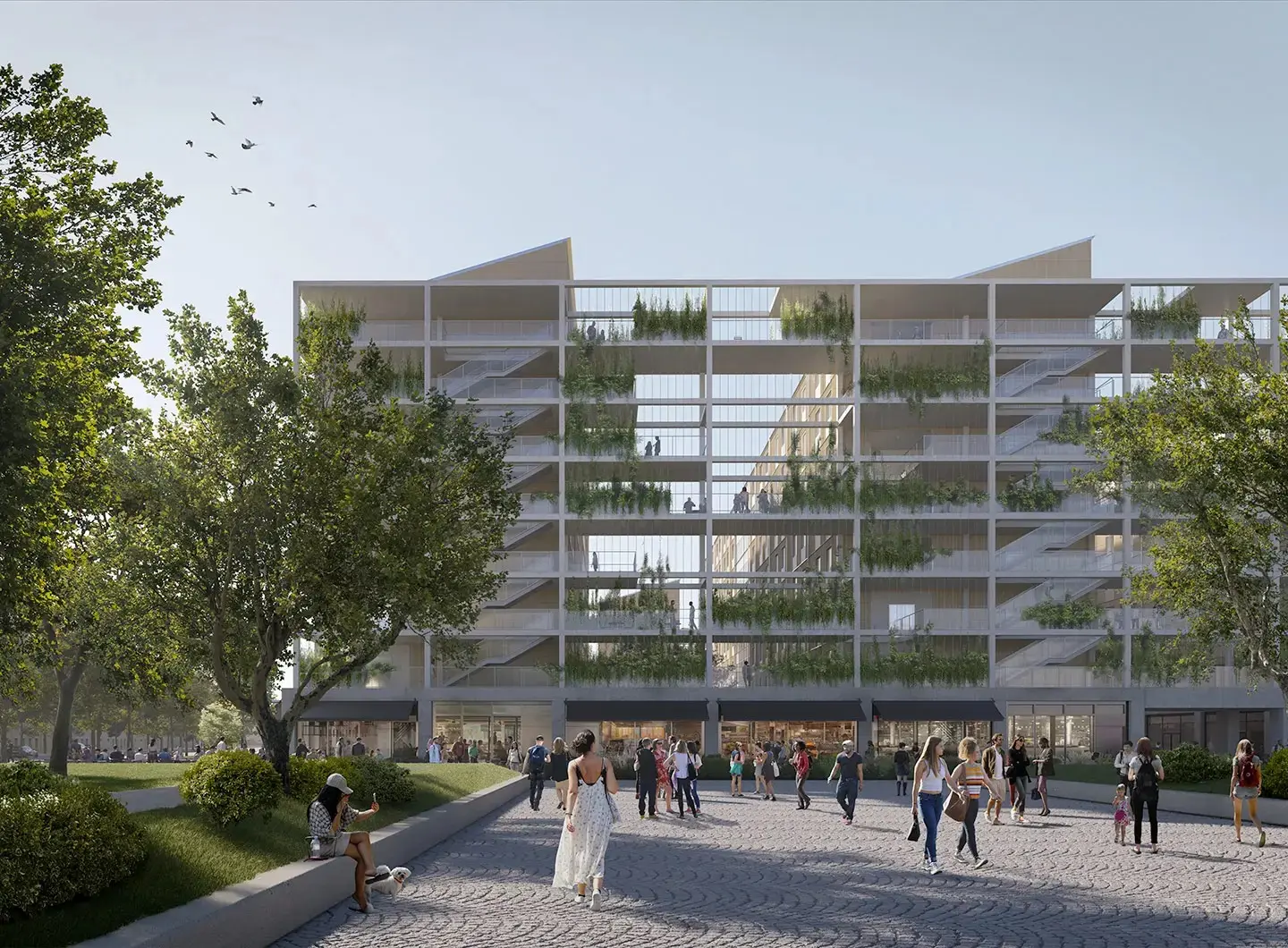
Olympic Village designed by SOM
Milan: completion of SOM’s Olympic Village at Porta Romana
In Milan, the Olympic Village designed by SOM (Skidmore, Owings & Merrill) has been completed at Porta Romana, with interiors designed by COIMA Image and landscaping by Michel Desvigne. The complex will host athletes during the Milan-Cortina 2026 Games, and will then be converted into the largest student residence with subsidized housing in Italy: 1,700 beds and services for an international community. The project is part of the regeneration of the former Scalo Romana railway station, which will house over 2,000 residents, 6,000 workers and numerous commercial and public spaces.


